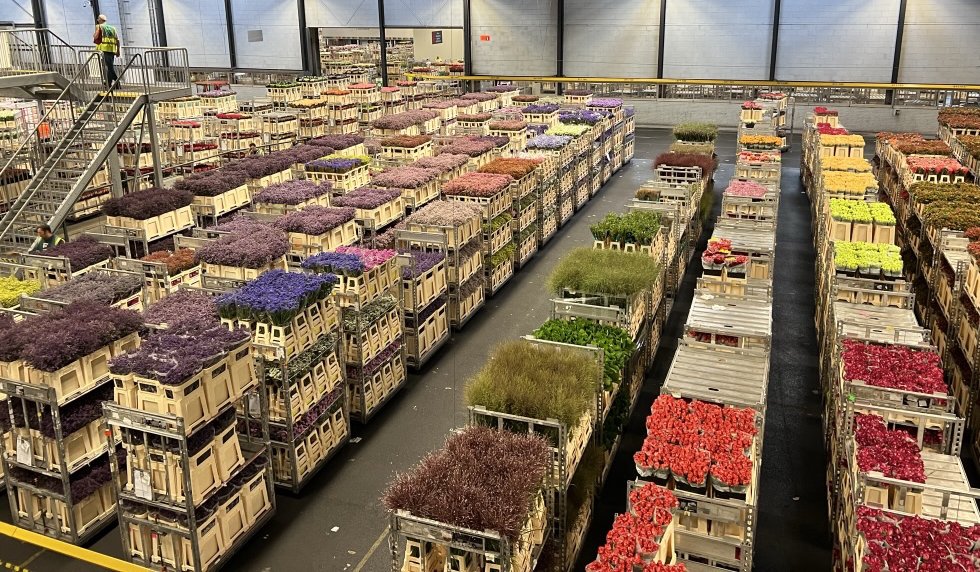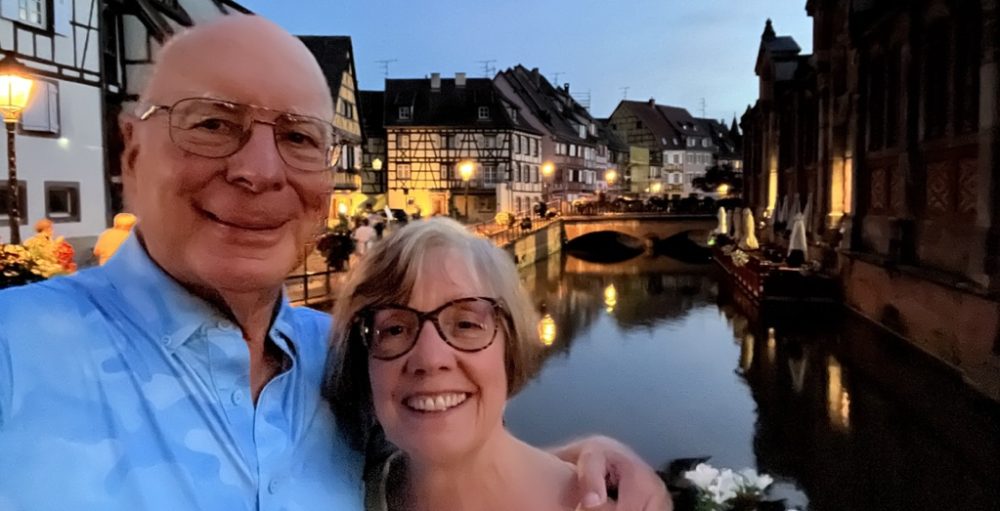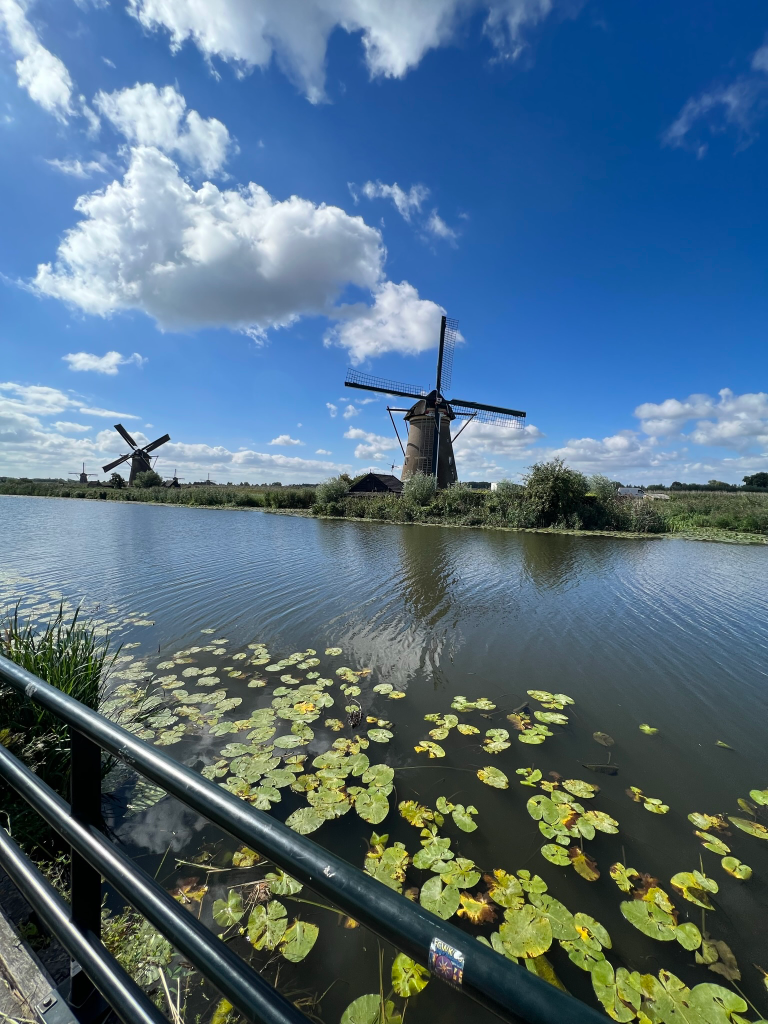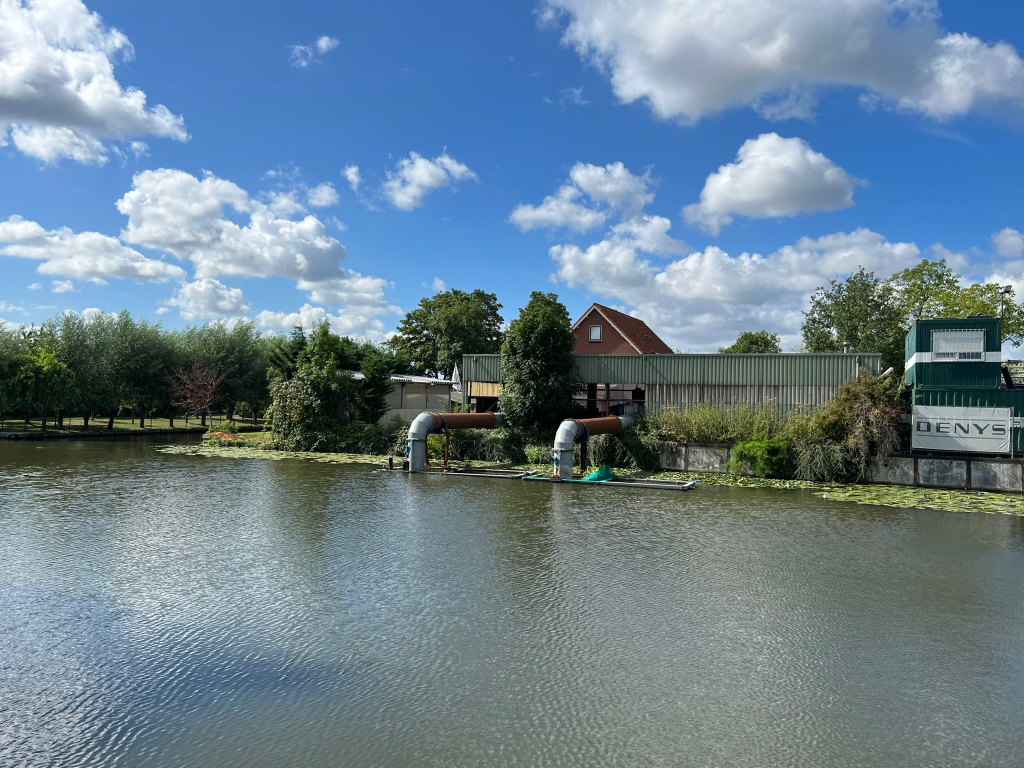While in Amsterdam we visited the world’s largest market for flowers and plants — Royal FloraHolland. We were fascinated by learning how quickly fresh flowers move through the system, and how quality is graded.
Major growing regions include Kenya, Ethiopia, Israel, Belgium and Germany, with Dutch growers. Flowers are picked, boxed and air shipped to Amsterdam. They are kept at 35 degrees (roses 42 degrees) throughout the journey, and timed to arrive between 2 and 6 am.
Upon arrival they are photographed, graded, issued scanning codes and put in containers that are a global standard for shipping (with water). Then they are moved to the ready for auction area.
The auction is a reverse dutch auction, meaning that the price starts high and drops until someone hits the “buy button”. The person who hits the button first gets the deal but is paying the highest price. It moves fast. 32 auction clocks produce 96,000 auction transactions on an average day. The buyers used to be on-site. Since COVID they are all remote, and will remain that way.
Once purchased the containers are moved to the “gathering” area, A buyer is likely to purchase multiple lots for multiple groups, so it gets pretty complex. The various lots for each buyer need to be assembled for shipping.
Good to know: Buyers are really agents, and can represent many different groups. A pattern has emerged that buyers representing supermarkets bid the lowest, and get the wimpiest flowers.
As soon as the buyer completes their order their lots are moved to the shipping area, typically before noon. Then they are loaded on a plane, still in their standardized containers. By 3 pm they will have arrived in New York, for example.
Some key facts:
The physical space under one roof is the size of 250 soccer fields. Twin facilities this size – one for flowers and one for plants. As you can imagine, tractors and carts are in constant motion to achieve this kind of volume. Some quick facts:
- 2.8 billion roses and 1.8 billion roses sold annually
- Average daily sales = 18.2 million Euros, 44 million flowers
The auction started on a pool table in a local cafe in Aalsmeer in 1910. It has certainly come a long way!
(scroll below for photos)
–– Jim Deupree
My collaborator for this post was Frank K, our superb tour guide for five days. We toured from Brussels to Amsterdam with him, then from Amsterdam to Bruges. In between in and around Amsterdam. Highest recommendation. info@holland2go.nl












